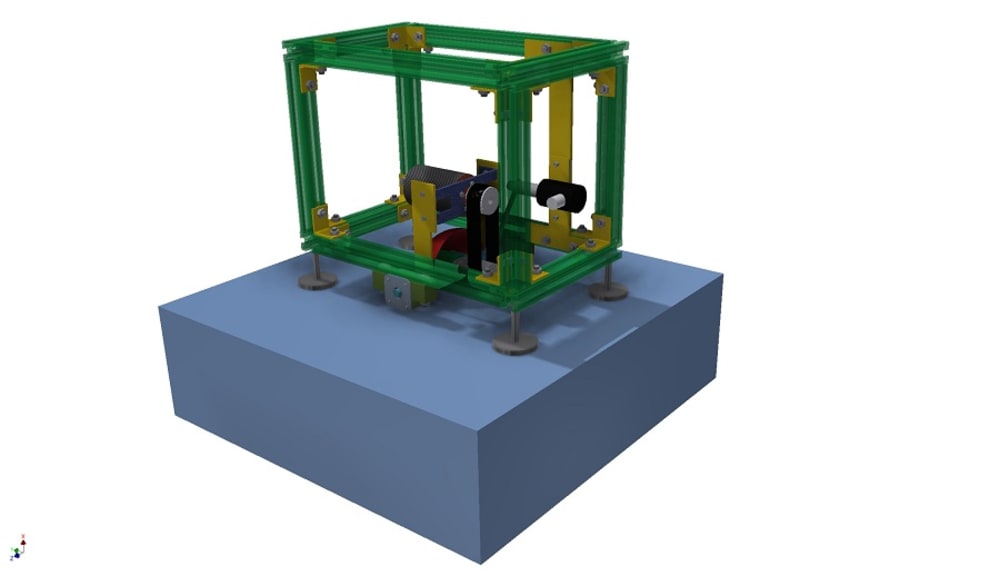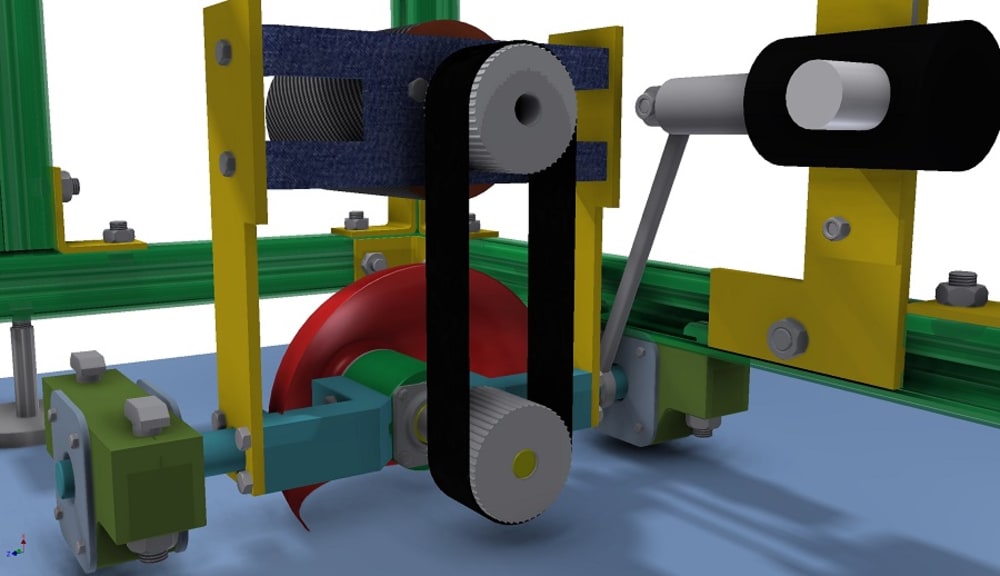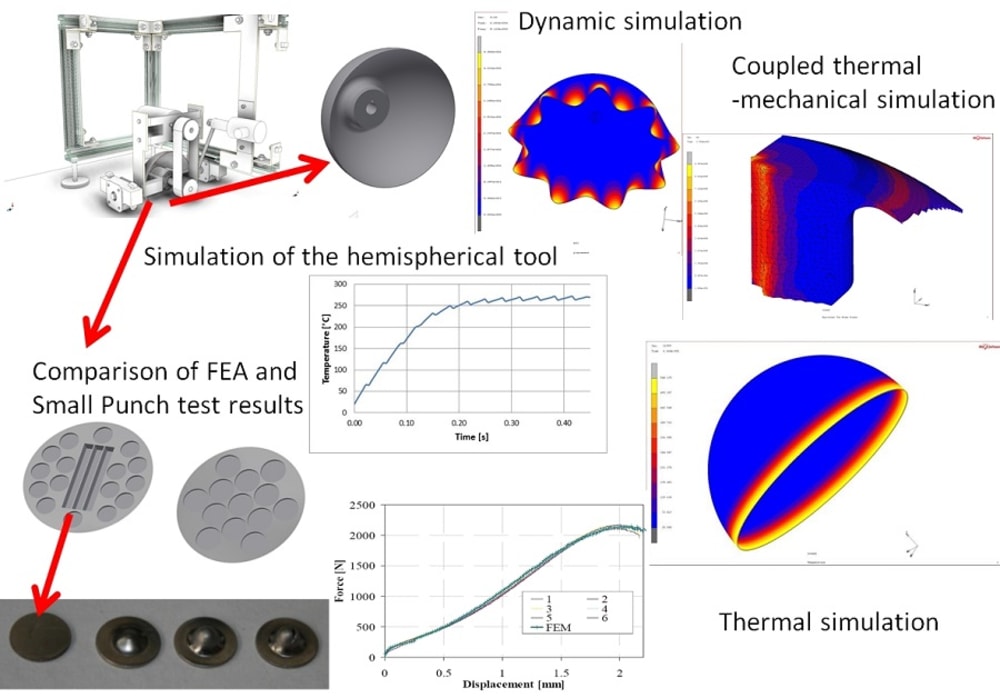During the operation of nuclear power plants (NPP) mechanical properties of the structural materials can change due to several factors such as irradiation, temperature, load level and fatigue loading, corrosion, etc. Such changes in material properties influence the lifetime of the equipment (aging). It is essential for the fitness for service assessment to have reliable information on actual mechanical properties of an operating structure. In most cases, it is not allowed to cut larger pieces from an operating component to manufacture specimens and perform destructive laboratory tests, because it may have significant impact on the component’s integrity. The determination of the necessary data is possible partly with non-destructive but mostly with semi-destructive techniques.
For these semi-destructive techniques the specimens are produced from a small amount of in situ sampled material. However in situ sampling is very difficult in most of the cases so special devices (surface samplers) are required to perform the sampling.
There are existing devices designed by BARC and Rolls-Royce but my device produces a larger sample, has a simpler structure and consists of easily replaceable components. Most of the components are selected from catalogues the only critical part is the tool. Thanks to innovative design the device can be set up in no time and can be repaired with ease if necessary.
The tool is mounted on a rigid axle, which is driven by a small, high-speed motor through a timing belt drive. This subsystem is rotated very slowly around the axis perpendicular to the tool axis by an actuator. The edge of the tool has a cubic boron nitride (CBN) coating. According to the present idea the device is operated by a remote control, but in the future the operation could be automated. The device is lightweight, therefore it is highly mobile. It can be mounted on either with its magnetic pads or with a ratchet strap in the case of a non-magnetic material. The operating life of the bearings extends the number of operations possible to perform with a single tool, the fatigue of the axle does not occur within that time. It is advised to replace the axle, the bearings and the tool after 20 sampling operations.
Lifetime assessment of the critical components can be performed based on material data obtained from destructive testing of material samples produced by the surface sampler. These assessments are essential so the cost of using the sampler is dwarfed by the costs it saves by preventing failures and accidents.
Surface samplers are produced in small or medium batches so the specific production cost can be quite high but due to standard components used in my design these costs can be minimalized.
Building and testing of a working prototype is in progress.
Like this entry?
-
About the Entrant
- Name:Szabolcs Jonas
- Type of entry:individual
- Software used for this entry:Autodesk Inventor 2013
- Patent status:none








